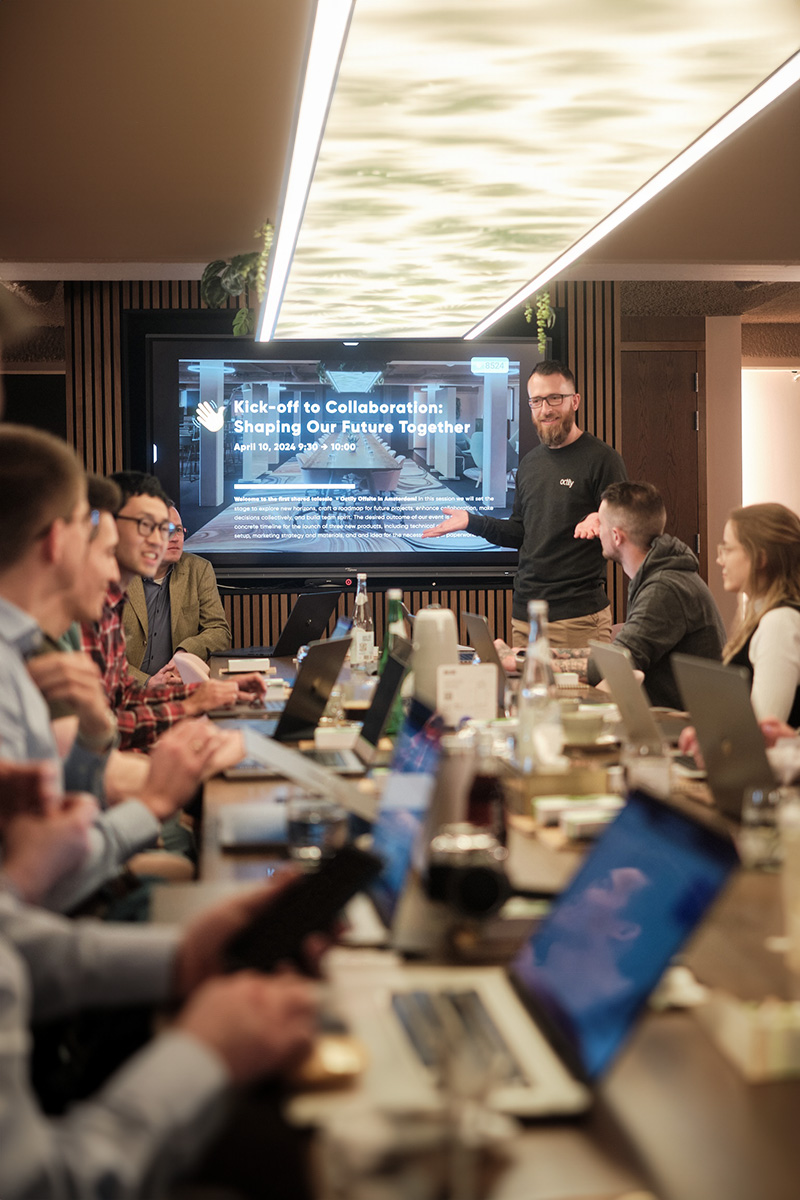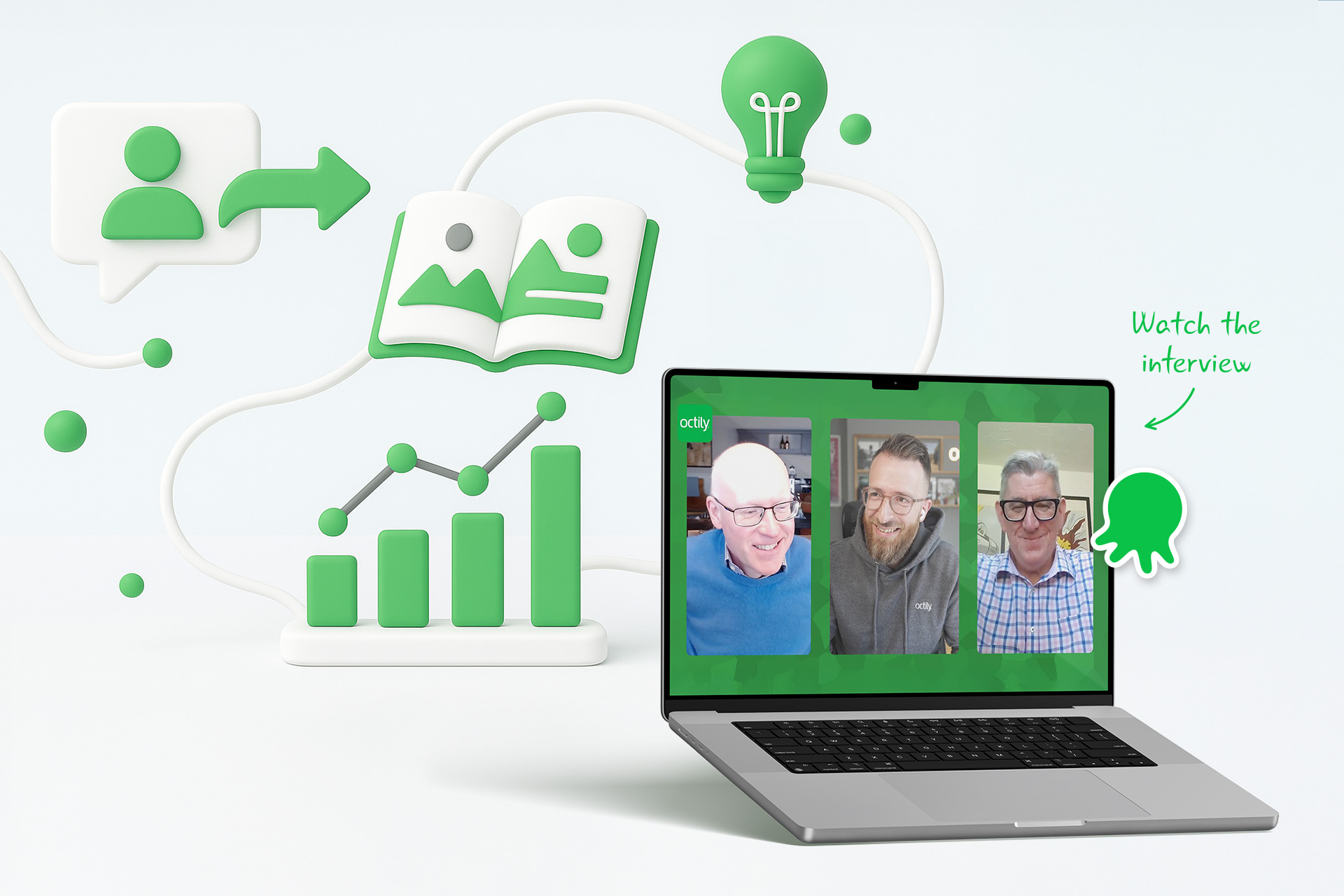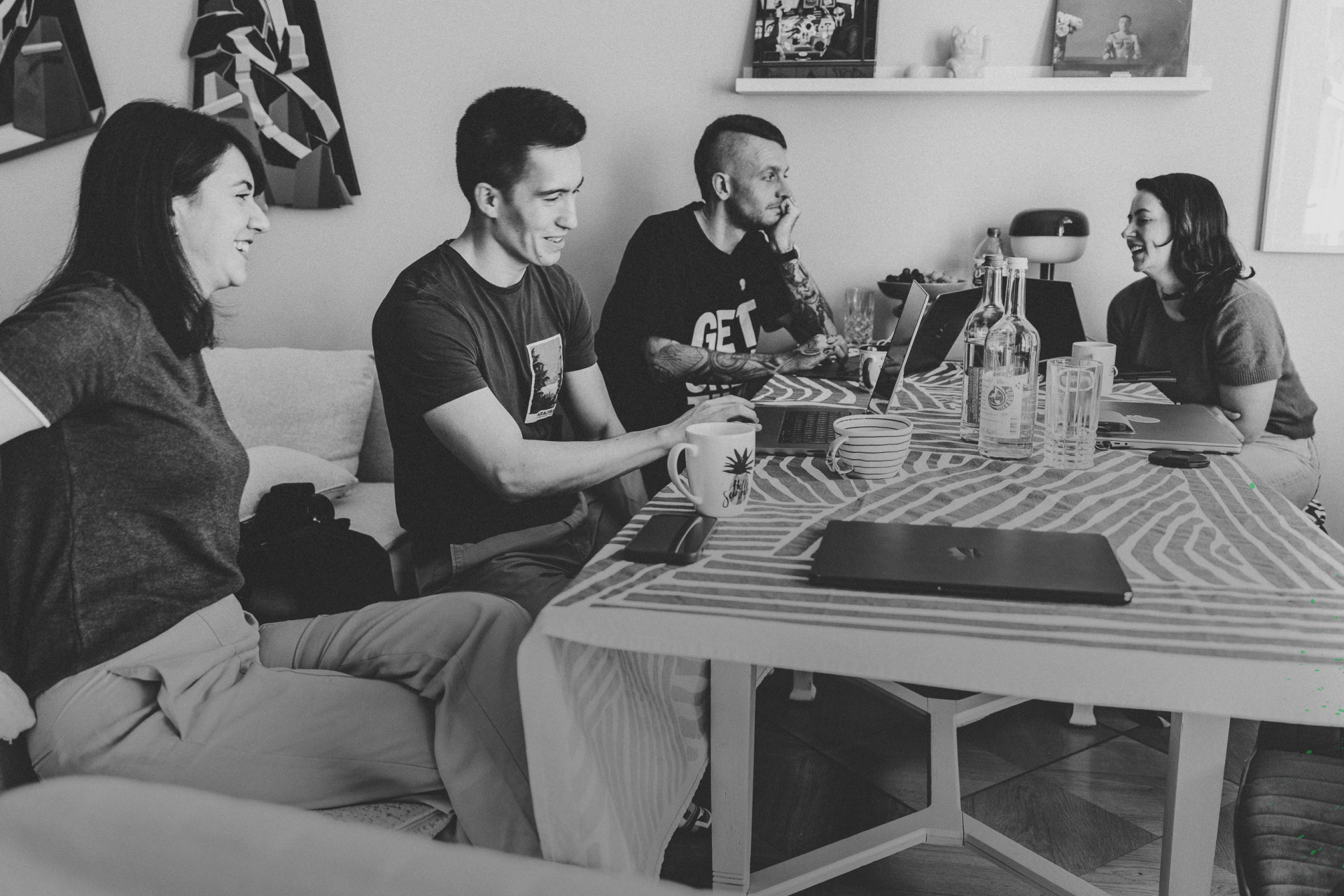Learning Isn’t Optional, but It’s Strategic
Teams are busy, priorities shift, and learning gets pushed aside. You might’ve done this yourself or you see it happening in your team.
The first assumption is that this is a scheduling issue. But when you dig a little bit deeper, you’ll often find that time isn’t really the culprit. Often the real problem is that learning isn’t part of the everyday experience.
If it’s not built in, it most likely won’t happen. It’s viewed as something extra, an optional thing to do. And in fast-moving teams, optional rarely survives.
Step 1: Start with structure, not reminders
Plenty of companies say learning is important. But when onboarding programs get skipped, upskilling campaigns fall flat, and internal LXPs feel like ghost towns, it’s usually because learning was never built into the flow of work.
The question isn’t whether employees want to learn. Research from LinkedIn Learning’s 2018 Workplace Learning Report shows that 94% of employees would stay longer at a company that invests in their development. That’s not a lack of motivation. It’s a visibility problem.
Instead of relying on reminders, create structure. Learning moments should show up in places people are already using, such as onboarding journeys, learner homes, and internal campaign pages.
Step 2: Make it frictionless
It’s not that people don’t want to learn. It’s that they don’t want to stop what they’re doing to do it.
Research from Harvard Business Publishing found that employees are most successful when learning is embedded in their workflow. Learning in the moment improves engagement, speeds up adoption, and helps teams apply what they’ve learned more effectively.
When learning is part of the environment, it becomes habit. We’ve seen this work best when clients turn their welcome page into a daily starting point. That’s what we did with OlyBet. Every time employees logged in, they saw the latest updates, articles, and resources right there. No extra effort needed.
Campaigns and training updates don’t get missed when they live on the page people already check. And when you want to go further, it’s easy to create a dedicated campaign page that supports new processes or learning goals.
With the right setup, learning isn’t something extra. It’s already part of the day.
Step 3: Let culture do the heavy lifting
You can send banners, build campaigns, and post learning goals. But what really makes a difference is when learning is visible in how people work together.
When a manager joins a course or brings up a development topic in a 1:1, or when a team shares something they’ve learned in a retro, learning stops being something extra. It becomes a normal part of how things are done.
That kind of visibility builds momentum. Leadership sets the tone and others follow. Internal updates, small nudges on the welcome page, or a quick spotlight on someone’s upskilling journey can all reinforce it.
Learning doesn’t have to be big or loud. It just has to feel real and seen.
Step 4: Build, then launch, then learn
The best learning initiatives don’t start big. They start well. Instead of pushing out everything at once, start small, test, listen, and expand. That’s how you get buy-in, build momentum, and make sure you’re actually meeting people where they are.
Our favorite approach? Create a clear campaign page or learner home section just for the rollout. Keep the design simple, the language helpful, and the access easy. As feedback rolls in, evolve it.
💡 Need a space that evolves with your learning strategy? Take a look at what’s possible with OCE.
Not About Time, After All
When learning is skipped, it’s rarely about time. It’s about visibility, structure, and culture. If it’s not built in, it gets left out.
But with the right setup, learning becomes something people expect. Not something they have to make time for.

Let’s Make Learning Work for Your Team
Learning doesn’t have to be a stretch. And building a stronger learning culture doesn’t mean starting from scratch.
Small changes in structure, visibility, or design can have a big impact.
Less chasing. More engaging. And better results across the board.
Want to see what that could look like for your team?
Get in touch, send an email, or book a meeting. We would love to explore what we can create together.


